The Promise of Green Energy
The modern world is abuzz with talks of transitioning to green energy. It’s like a global mission to clean up our act and live in harmony with nature.
Who wouldn't want a planet powered by the wind and sun rather than fossil fuels? This transition promises to help combat climate change, reduce pollution, and pave the way for sustainable development.
However, the excitement about green energy often masks the complexities behind its deployment. While solar panels glitter on rooftops and wind turbines spin gracefully, crucial questions linger beneath the surface.
The key is understanding the implications and dynamics of these energy sources without blindly believing they are a silver bullet.
Solar Energy: The Untapped Potential or Over-Hyped?
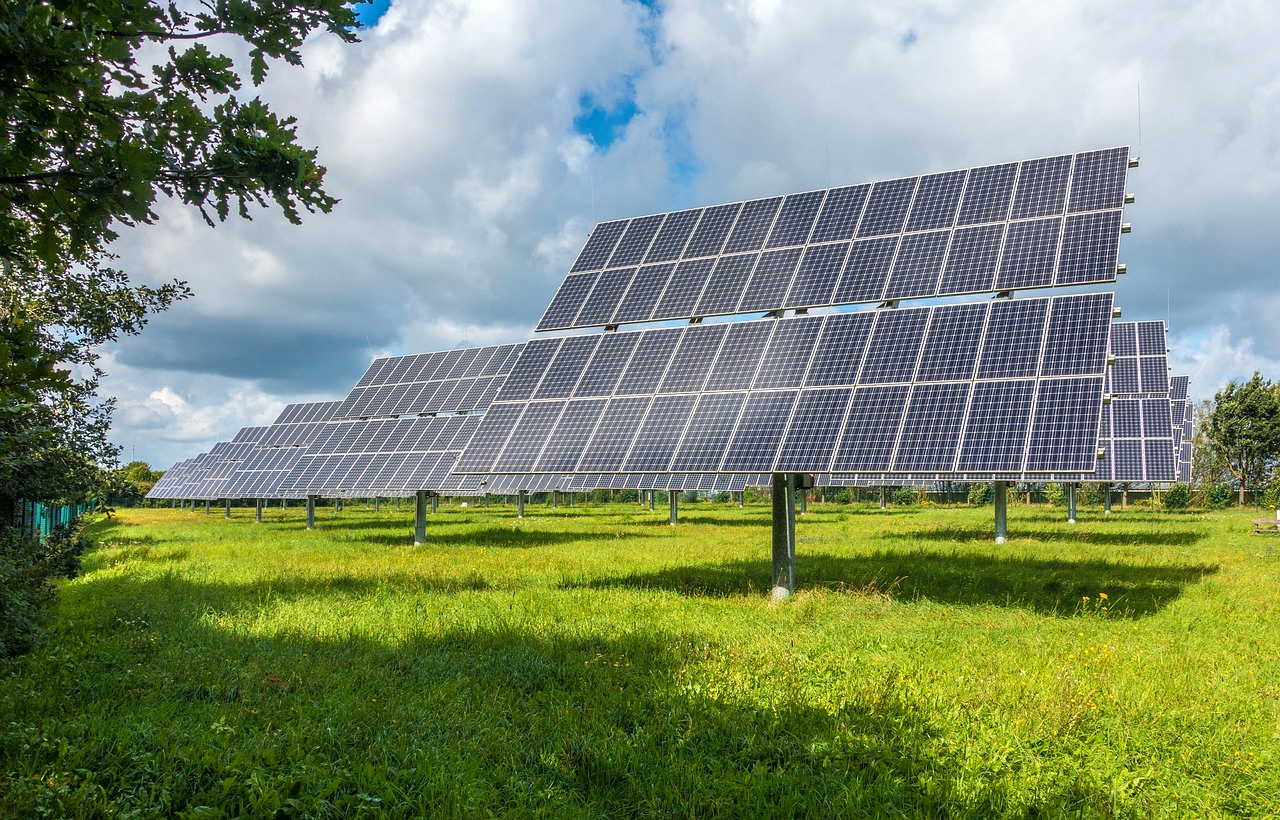
When people think of green energy, solar power often shines the brightest. The idea of converting sunlight into electricity feels like harnessing a superpower.
But is solar truly poised to lead our energy revolution? On the surface, it offers endless potential – the sun, after all, doesn't send a bill.
Yet, it's worth pondering the challenges: large land requirements, the intermittency problem when the sun doesn’t shine, and the significant initial investment. The evolving technology and cost reductions are promising, but they haven’t entirely addressed these hurdles.
The real question lies in whether solar energy can effectively work in tandem with other technologies to form a comprehensive solution.
Wind Power: Gales of Change or Just a Breeze?
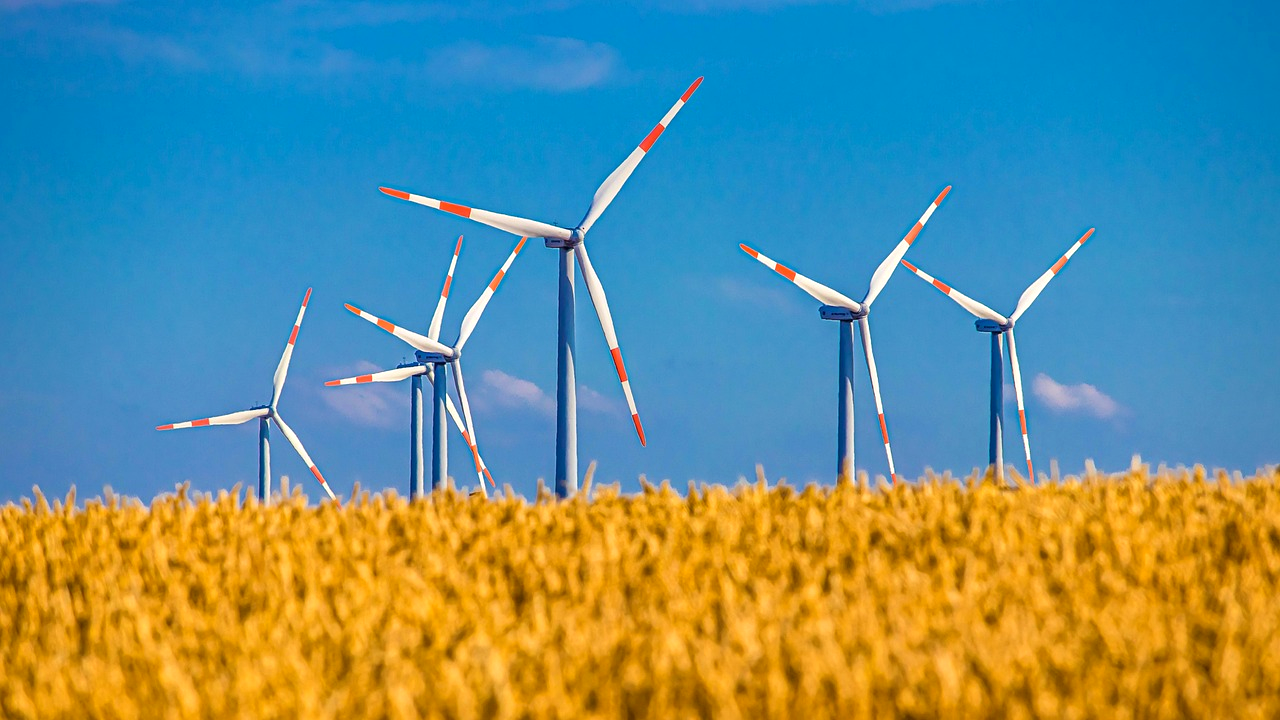
Harnessing the wind’s kinetic energy, wind turbines stand tall and proud across landscapes. They have become the poster child of renewable energy, peppering various environments from farm fields to offshore sites.
Proponents argue that wind power is the way forward – it boasts a lower carbon footprint and significant energy output. However, some point out the drawbacks: noise pollution, wildlife disruption, and the concept of “not in my backyard” attitudes from communities.
Despite these concerns, the research and development in turbine efficiency and design improvements continue. Is it enough to overcome the obstacles and sway opinions?
Exploring the various facets shows a more complex story than simply capturing the breeze.
Hydroelectricity: Riding the Current or Draining Resources?
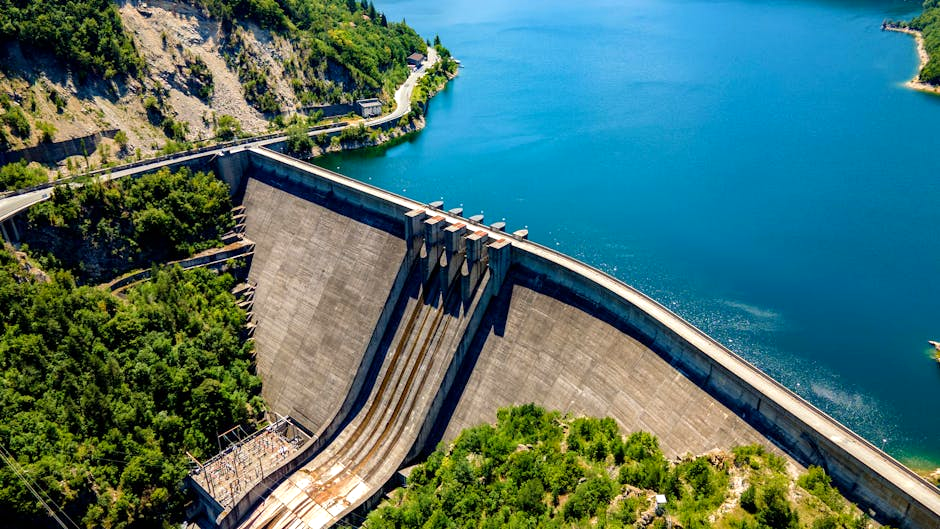
Hydroelectric power has been a staple in the renewable energy conversation for decades, relying on flowing water to spin turbines and generate electricity. It’s like nature’s own battery, storing potential energy in its reservoirs.
Yet, major hydroelectric projects often stir debate over environmental impact, displacing ecosystems, and communities alike. Balancing the undeniable benefits against environmental concerns presents a unique puzzle.
While small-scale hydro solutions offer less intrusive alternatives, they also bring limitations in scale and feasibility. The ongoing challenge is how to ensure that hydroelectricity remains a sustainable option rather than a double-edged sword.
Biomass Energy: Waste Not, Want Not?

Biomass energy represents an intriguing blend of innovation and tradition, turning organic materials into power. Utilizing waste products like wood chips, agricultural residues, or even animal manure might seem like a novel approach.
This capability to recycle waste and convert it to energy carries significant allure. However, questions about deforestation, land use, and carbon neutrality cloud optimism.
The balancing act of maintaining bioenergy production without negative environmental repercussions is pivotal. Can biomass energy offer more than a temporary stopgap in our green energy quest?
Understanding its role and impact is essential as we look to diversify energy resources.
Nuclear Power: Green’s Controversial Cousin?
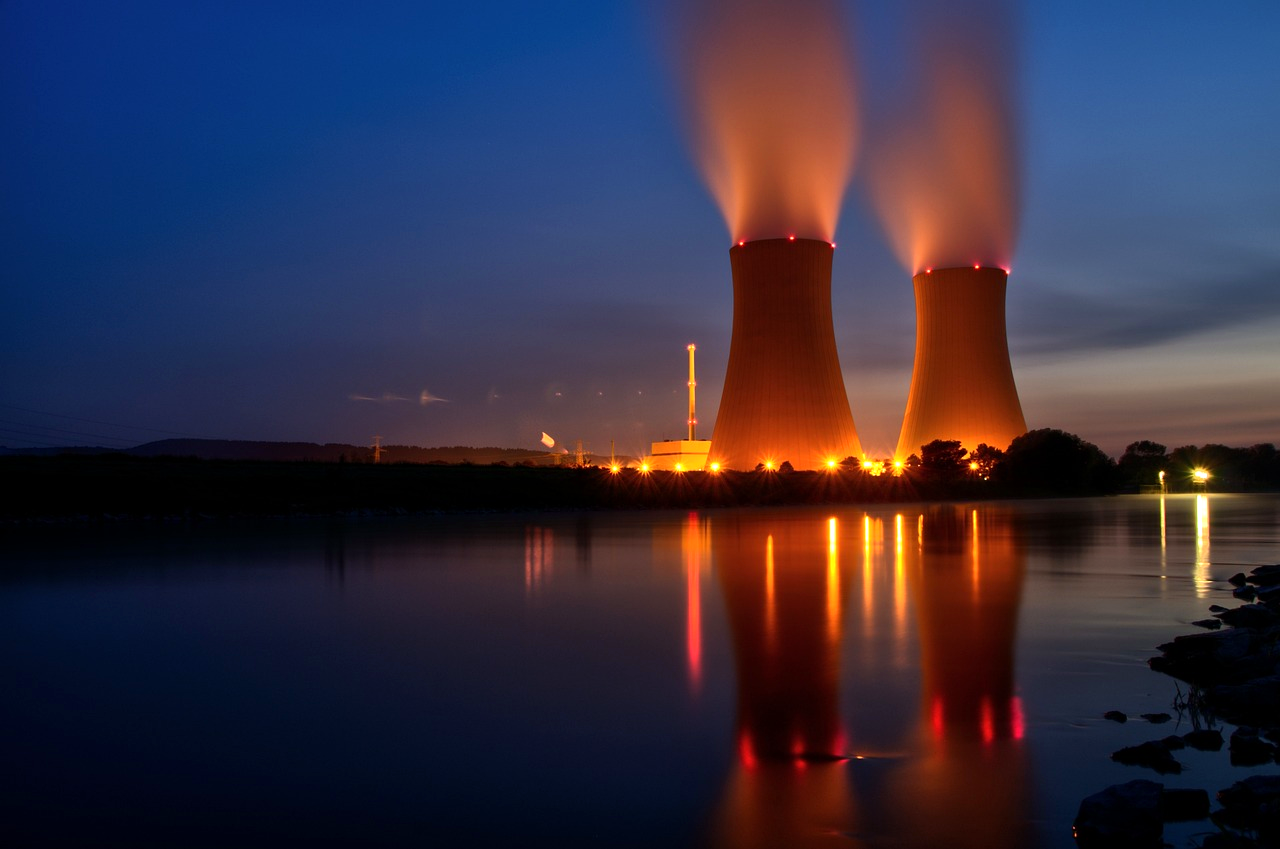
Nuclear energy often finds itself in the shadowy grey area of renewable discussions. While it is not renewable, it is considered a low-carbon energy source.
Advocates emphasize that it offers reliability and significantly less carbon emission compared to fossil fuels. Yet, it remains controversial, mainly because of concerns over radioactive waste, high costs, and the potential for catastrophic accidents.
The safety advancements and the concept of nuclear fusion hover as future possibilities. However, public sentiment and regulatory environments often sway the potential outcomes.
As energy needs grow, nuclear could be an essential part of the puzzle or remain sidelined due to its contentious nature.
Geothermal Energy: A Rare Earthly Treasure?
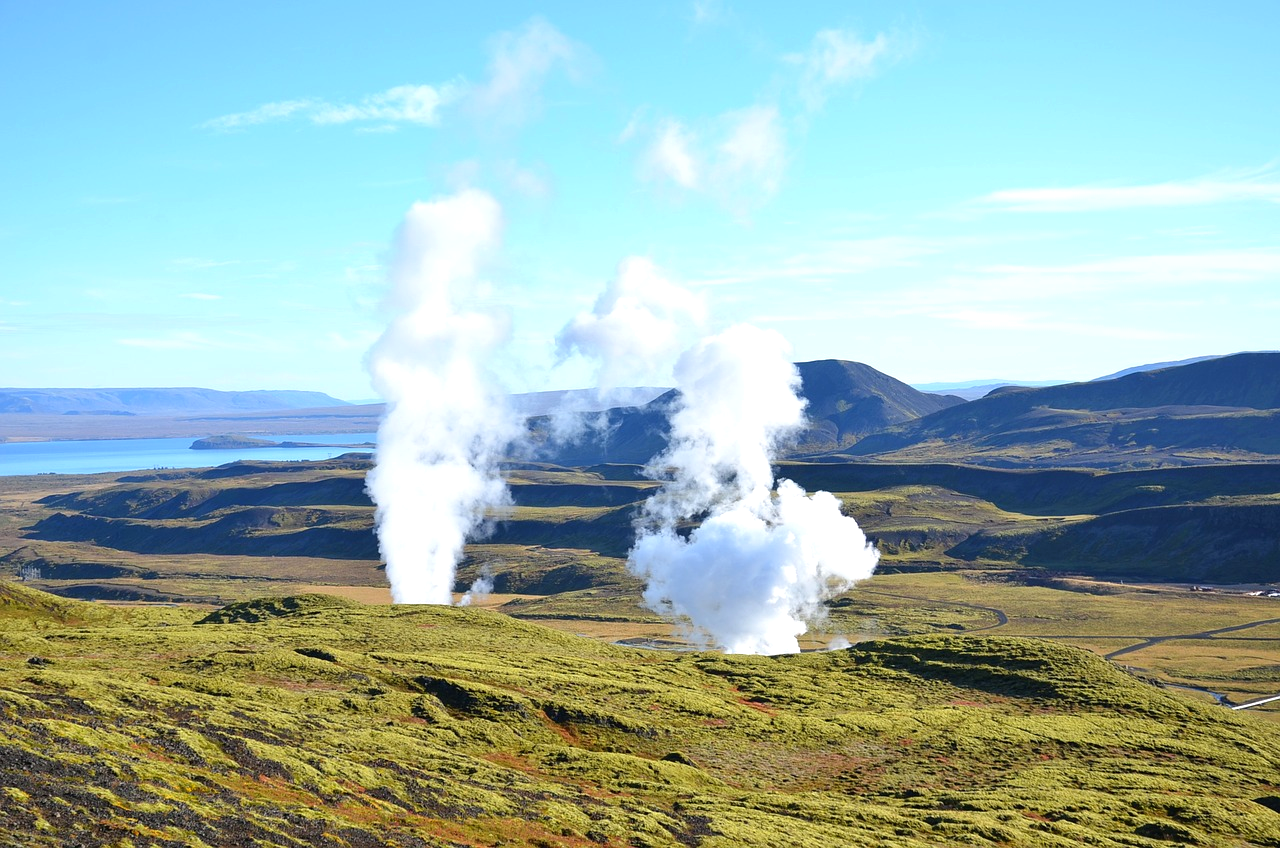
Geothermal energy taps into the Earth’s own heat, symbolizing a steady and reliable energy source unaffected by weather or time of day. Imagine harnessing the same heat that powers the planet and using it to meet our energy demands.
However, this source is far from universally accessible and often requires specific geological conditions. Start-up costs and potential land subsidence add to the challenges of scaling geothermal energy.
The stories of geothermal success are interspersed with promising cases and high costs. How it fits into a broader green energy framework demands further exploration and innovation.
Electric Vehicles: Revolution or Just Evolution?

Switching gears to transportation, electric vehicles (EVs) are heralded as the vanguard of a cleaner, greener future. They symbolize a departure from gasoline-centric evolution, embracing battery technology instead.
Yet, the electric vehicle revolution faces its speed bumps. Charging infrastructure, battery production concerns, and the real environmental cost of production persist as challenges.
Despite these, advancements in technology and wider acceptance are paving the way for mainstream adoption. Will electric vehicles become central in our eco-friendly narrative, or merely an incremental step?
Understanding the intricacies of embracing electric transportation shapes the ongoing conversation.
A Future of Integrated Solutions?

The quest for green energy solutions isn’t about singular dominance but rather an ecosystem of complementary technologies. Each solution, whether it be solar, wind, or nuclear, holds its own promise and pitfalls.
The focus should be on how these options can, in tandem, create a reliable, sustainable energy matrix. The question remains whether investing in varied approaches rather than betting on one horse is the strategy of the future.
As pathways to a carbon-neutral planet unravel, the emphasis is on synergy and combining strengths to offer a comprehensive roadmap forward. This exploration paints a dynamic picture of the green energy landscape, leaning not towards singular conclusions but encouraging an expansive, inquisitive dialogue on future possibilities.
What do you think about this topic? Share your thoughts in the comments below — we'd love to hear from you! Want more stories like this? Follow us and never miss out!

